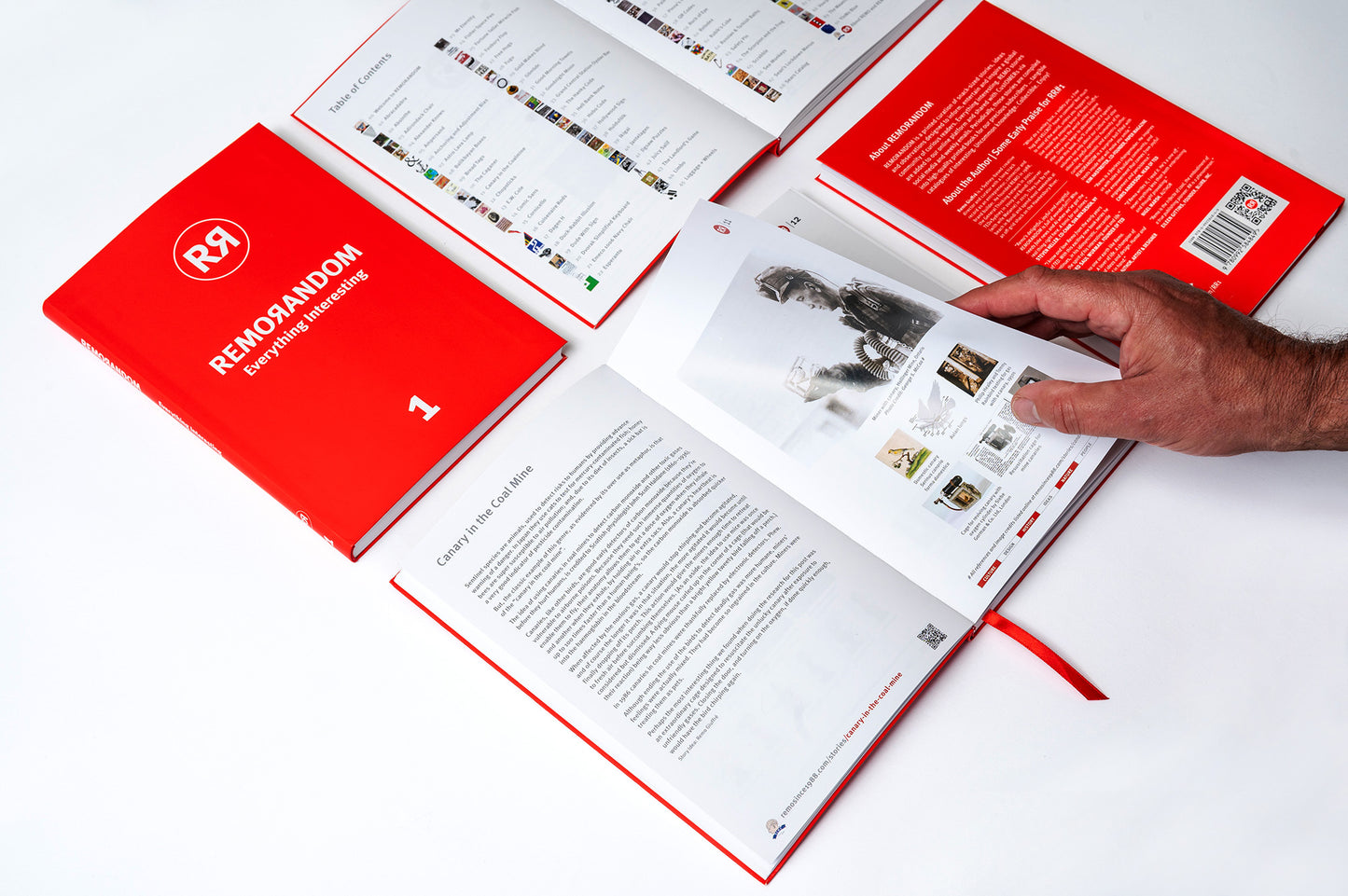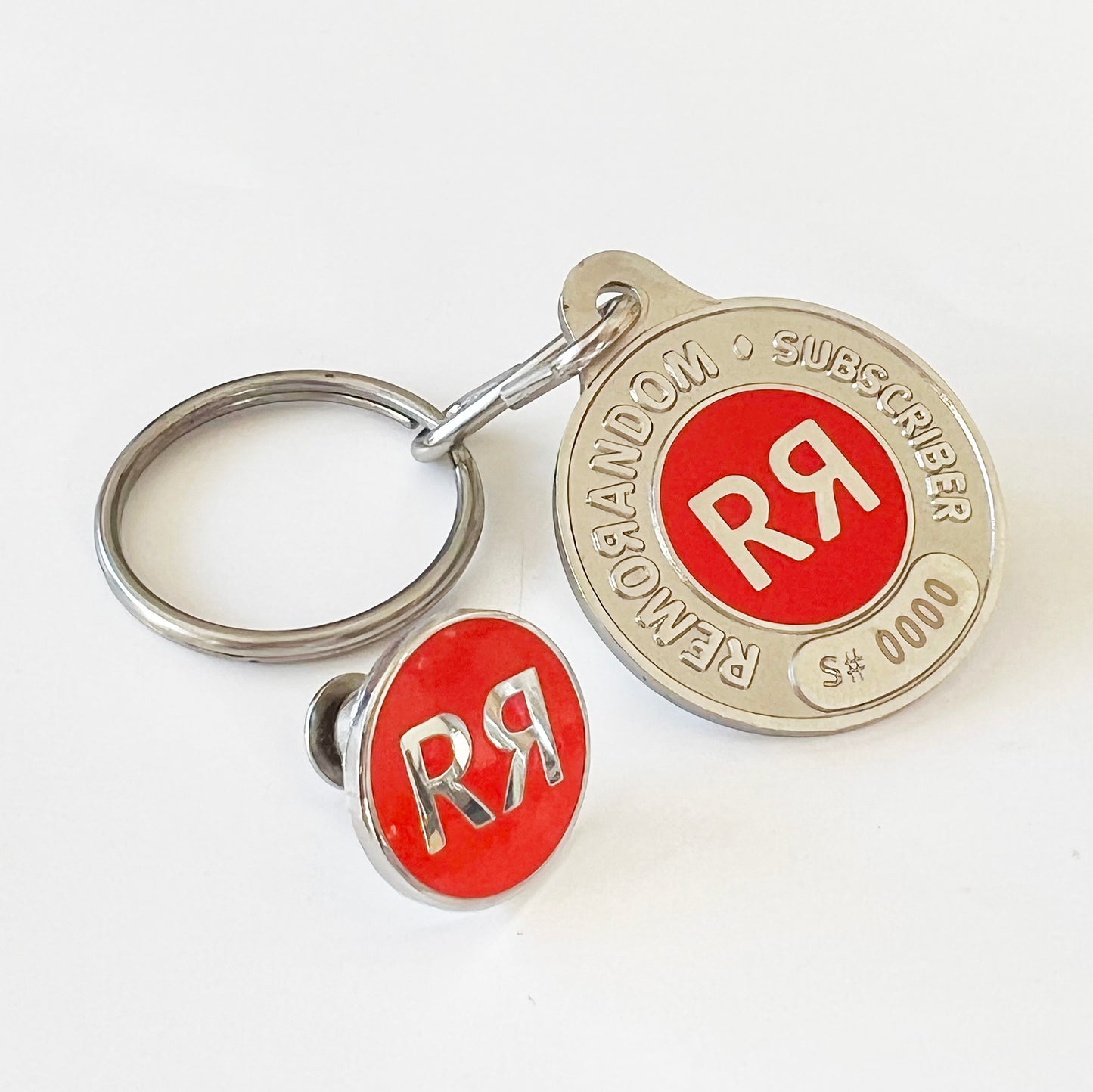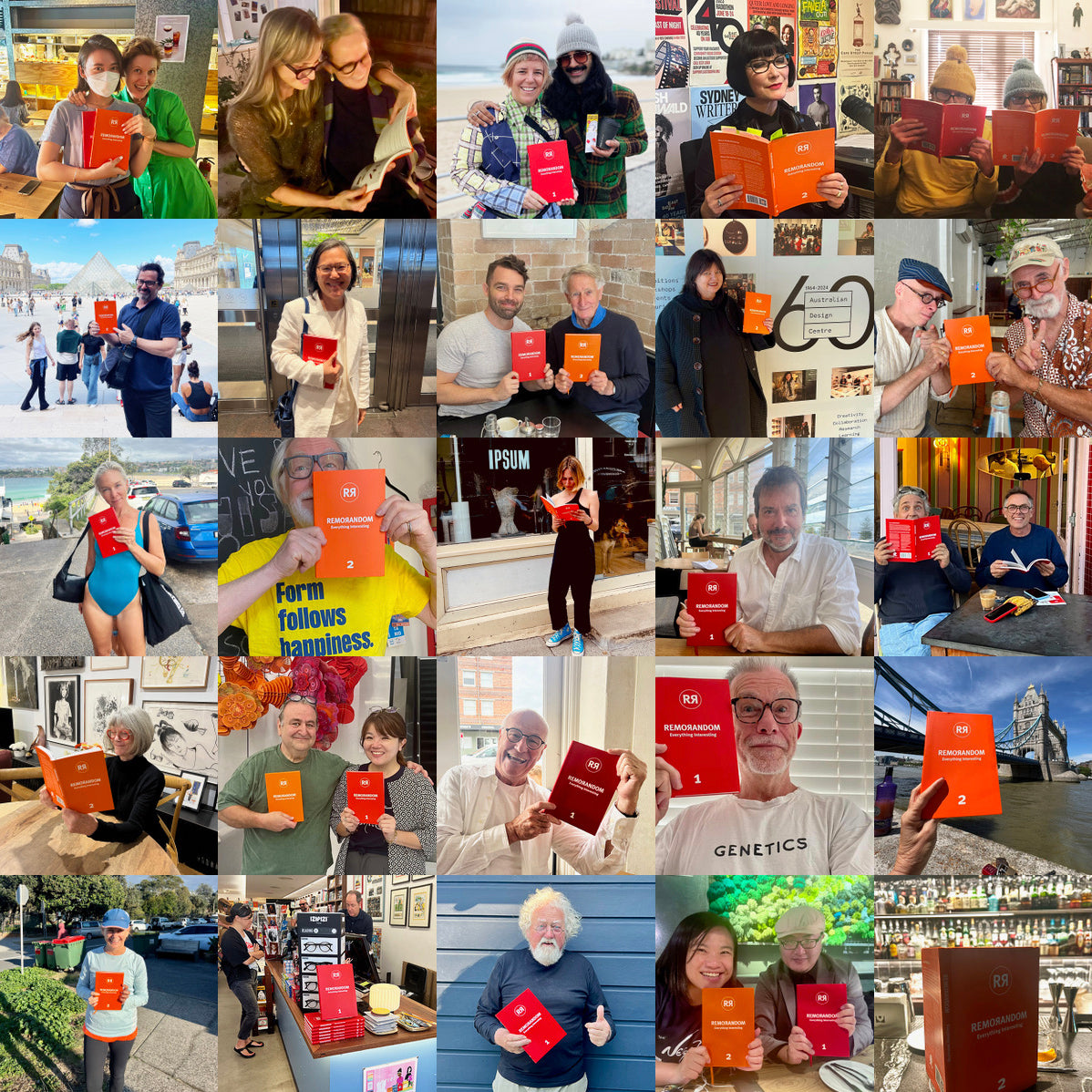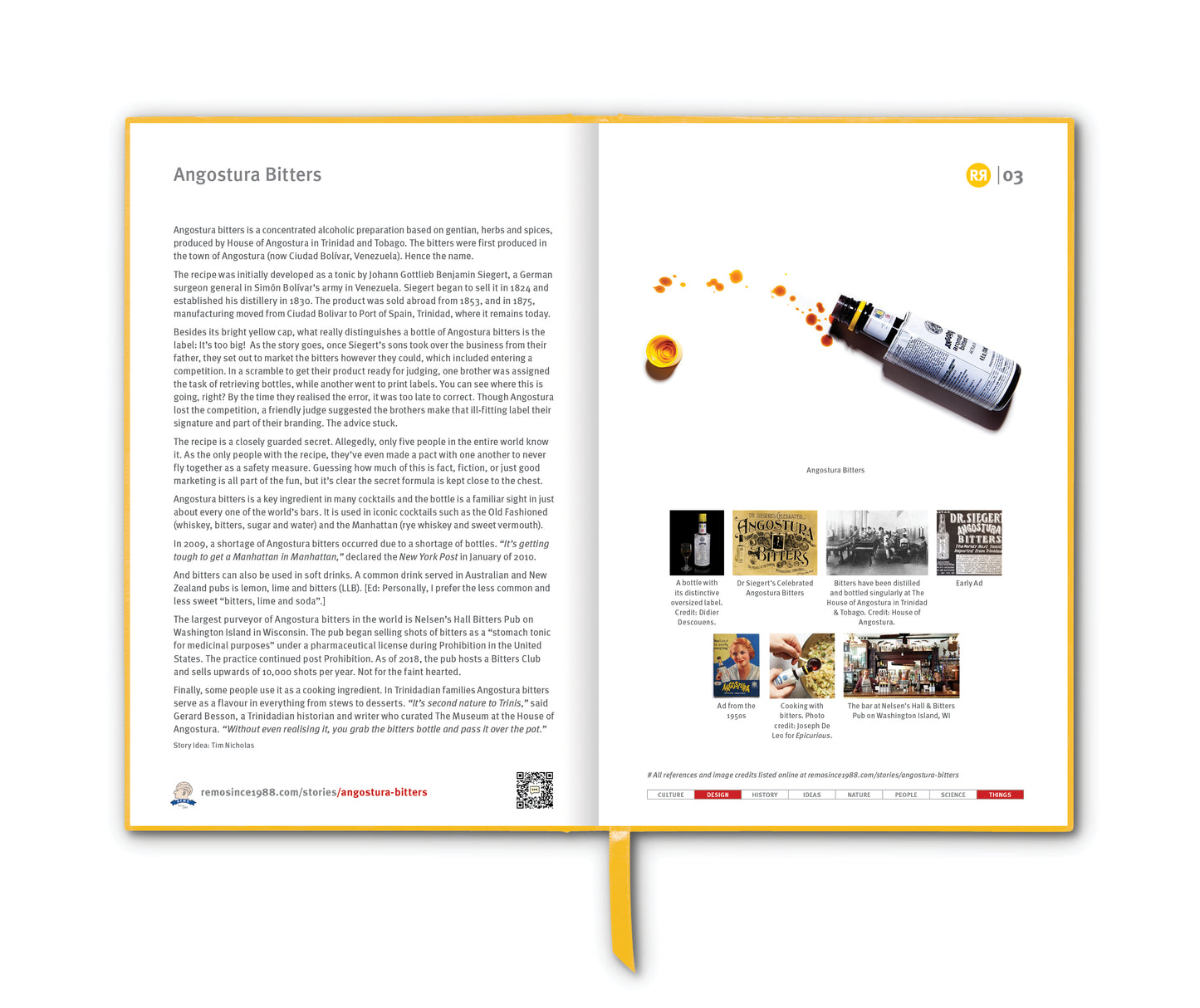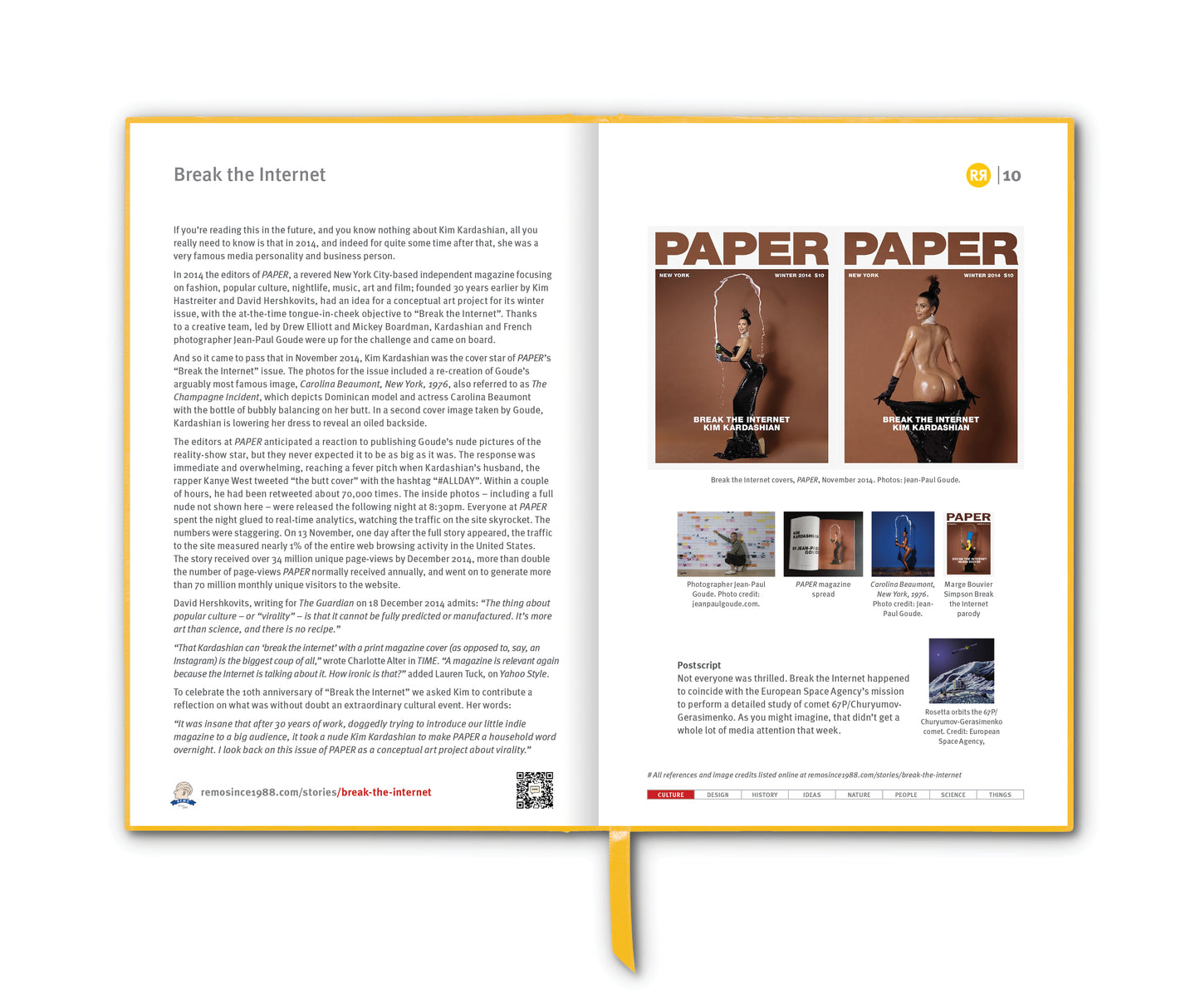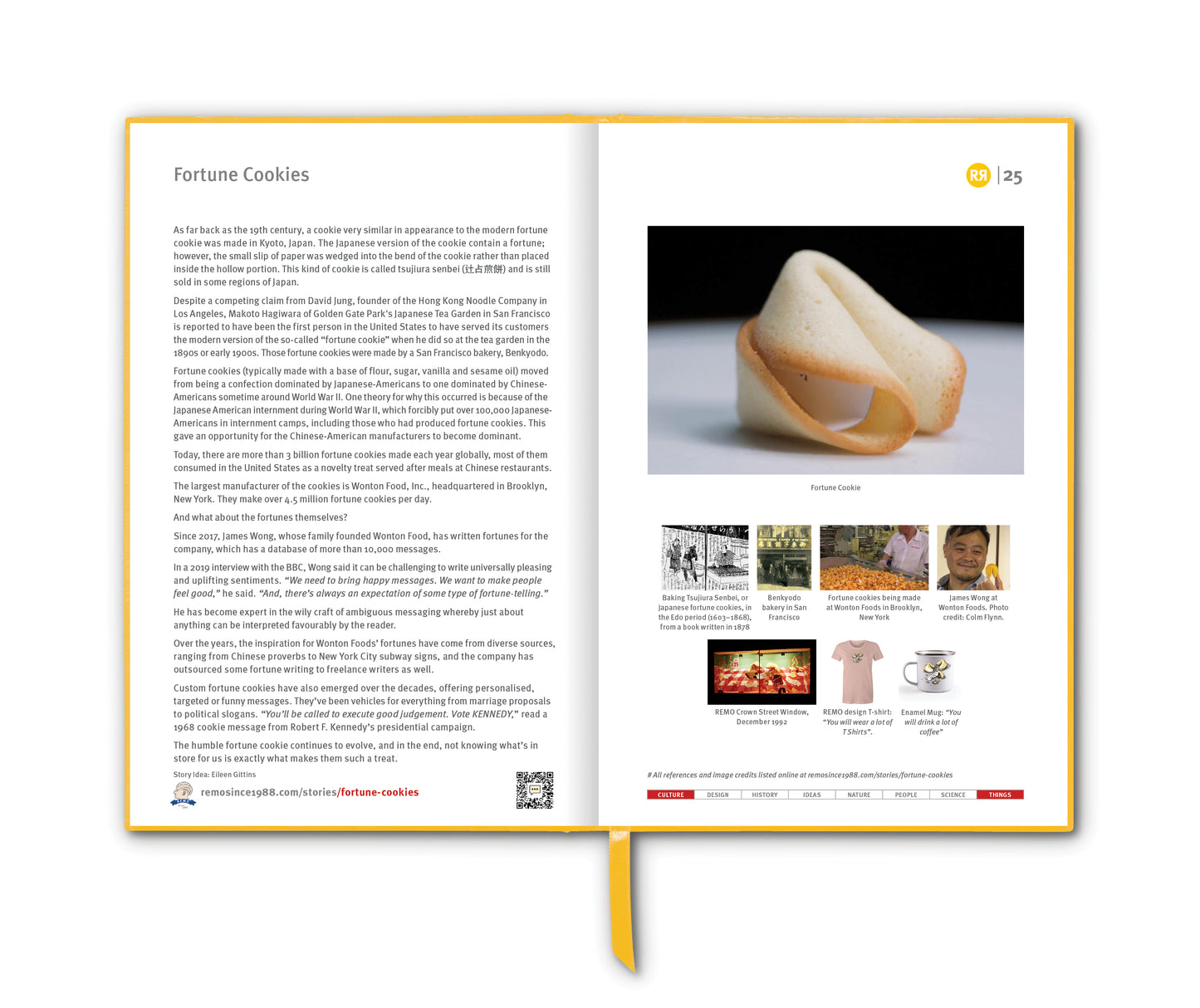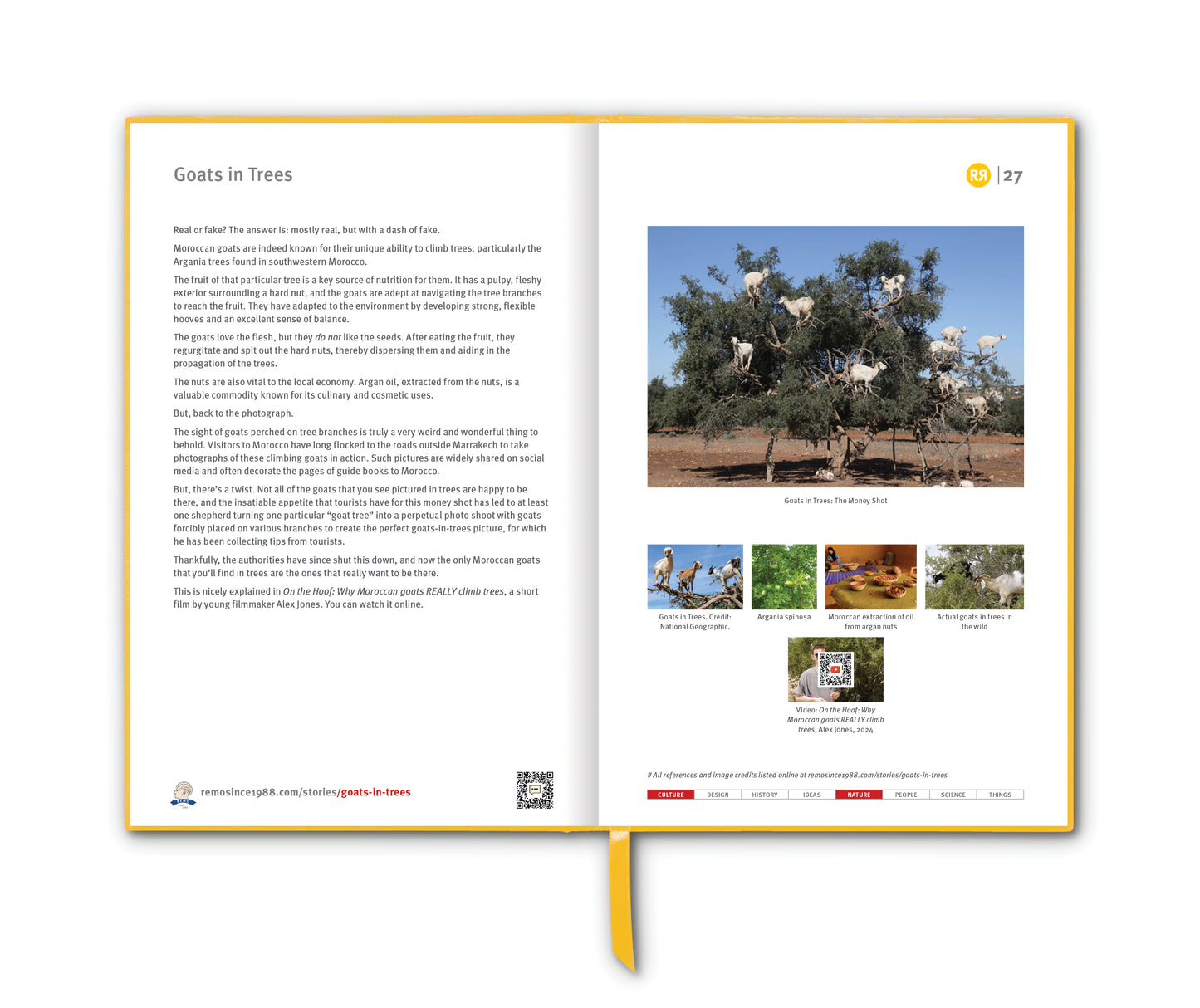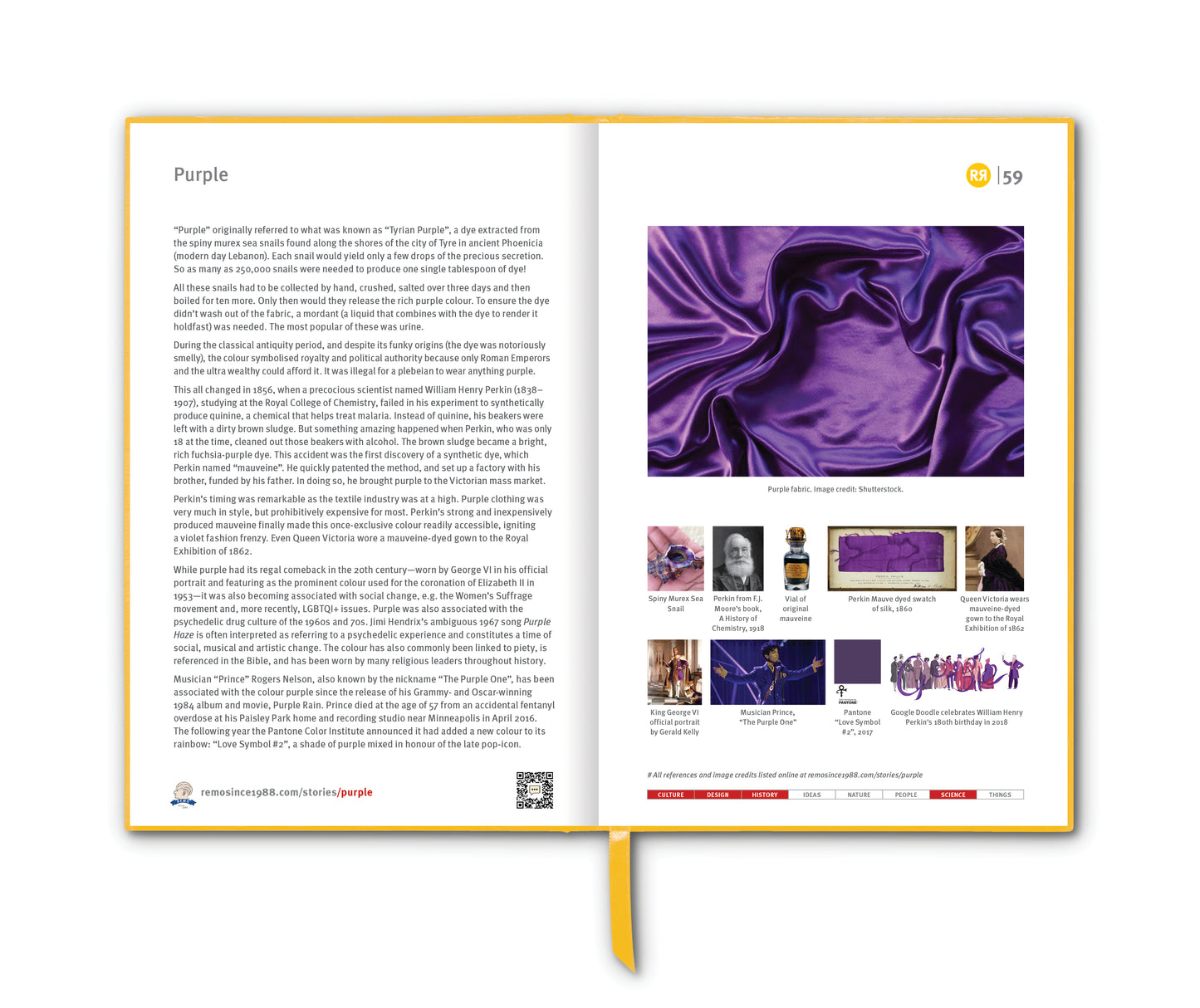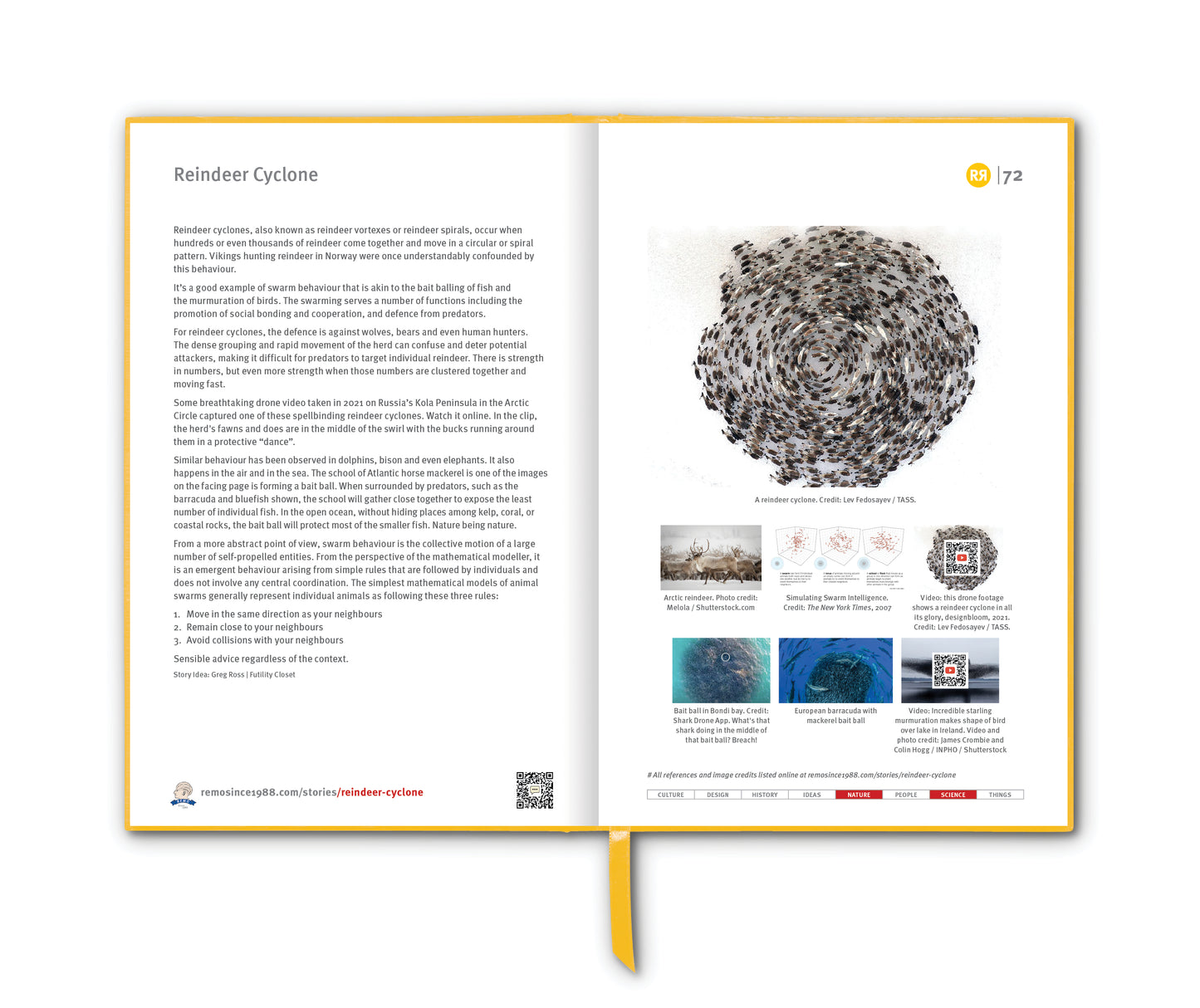The marshmallow is such a universally appealing object of desire and temptation that in 1972 it was used to test a human being’s capacity to delay gratification.
The “Stanford Marshmallow Experiment” was a 1972 study led by psychologist Walter Mischel. In this study, a child was offered a choice between a small but immediate reward, or two small rewards if he or she waited for a period of time. During this time, the researcher left the child in a room with a single marshmallow for about 15 minutes and then returned. If the child had not eaten the marshmallow, the reward was either a second marshmallow or a pretzel stick, depending on the child's preference.
In follow-up studies, the researchers found that children who were able to wait longer for the preferred rewards tended to have better life outcomes, as measured by: educational attainment, body mass index (BMI), and other life measures. The predictive power of the marshmallow test has since been challenged in a number of studies, most recently in 2020. Even so, let’s not spoil the opening to this story about marshmallows by going down that rabbit hole.
The history of marshmallows can be traced back to ancient Egypt, where they were considered to be a delicacy reserved for gods and royalty. These early marshmallows were made from the sap of the marshmallow plant (Althaea officinalis), that grows in marshy areas. The sap was mixed with honey and grains, creating a sweet treat.
(As an aside, the marshmallow root has also played a role in herbal medicine for centuries. It is thought to be good for treating coughs and sore throats.)
In the 19th century, French confectioners began refining the marshmallow-making process by whipping the sap with egg whites and sugar, creating a fluffy and malleable consistency. At around this same time, candy makers replaced the mallow root with an edible powdered gelatin, developed in 1845 by US inventor Peter Cooper. This would effectively end the relationship between the marshmallow plant and what we know to be marshmallow today.
The late 19th and early 20th centuries saw the advent of an extrusion process, where marshmallow mixture is forced through a tube, cut into smaller pieces, and then dusted with cornstarch or powdered sugar to prevent sticking. This made mass production of marshmallows possible and further popularised their consumption.
Today, Americans are the main consumers of marshmallows, buying more than 90 million pounds annually. Whether roasted over a campfire, squashed with chocolate between a couple of Graham Crackers (S'mores), melted into a hot beverage, or incorporated into creative desserts, marshmallows continue to tempt as a sweet treat … laying claim to centuries of spongey history.
Story Idea: Remo Giuffré
_________________________
Personal Postscript: Melanie’s Recipe for Desert Lime Coconut Marshmallows
Remo’s wife Melanie’s recipe for Desert Lime Coconut Marshmallows: Add 10 teaspoons of gelatin to a half cup of cold water. Separately, in a saucepan on a low heat, add 2 1/4 cups of caster sugar to 3/4 cup of water and stir until dissolved. Bring to boil and add the gelatin+water mix. Bring back to boil and leave uncovered and not-stirred for 20 minutes. Pour into a mixing bowl, cool to luke warm; then and add 2 heaped teaspoons of desert lime powder (or other desired flavour). Whip on a high speed with a hand mixer for 4 to 5 minutes until fully aerated and white. Pour into a pan that has been greased and lined with baking paper. Let sit for 2 hours. Cut into cubes and roll in toasted desiccated coconut. Share and enjoy.
_________________________
References
wikipedia.org/wiki/Marshmallow
wikipedia.org/wiki/Stanford_marshmallow_experiment
truetreatscandy.com/unexpected-origin-marshmallow-ancient-medicines-steam-locomotive
medium.com/templeton-world/the-stanford-marshmallow-experiment-was-wrong-heres-why-and-how-open-science-can-help
Images
1. Melanie's Desert Lime Coconut Marshmallows
2. Stanford Marshmallow Experiment, 1972. Credit: Kristen Van Blargan.
3. Althaea officinalis, Malvaceae, Common marshmallow flower.
4. Ancient Egyptian marshmallow offering
5. Peter Cooper's Gelatine labels: Purity and Honesty
6. Marshmallow extrusion machine
7. Modern mass produced marshmallows
8. A S'mores made with a half a Hershey's chocolate bar, Nabisco Graham Crackers and a marshmallow that has been melted in the microwave
9. Roasting a marshmallow. Credit: Nina Hale (Flickr)





